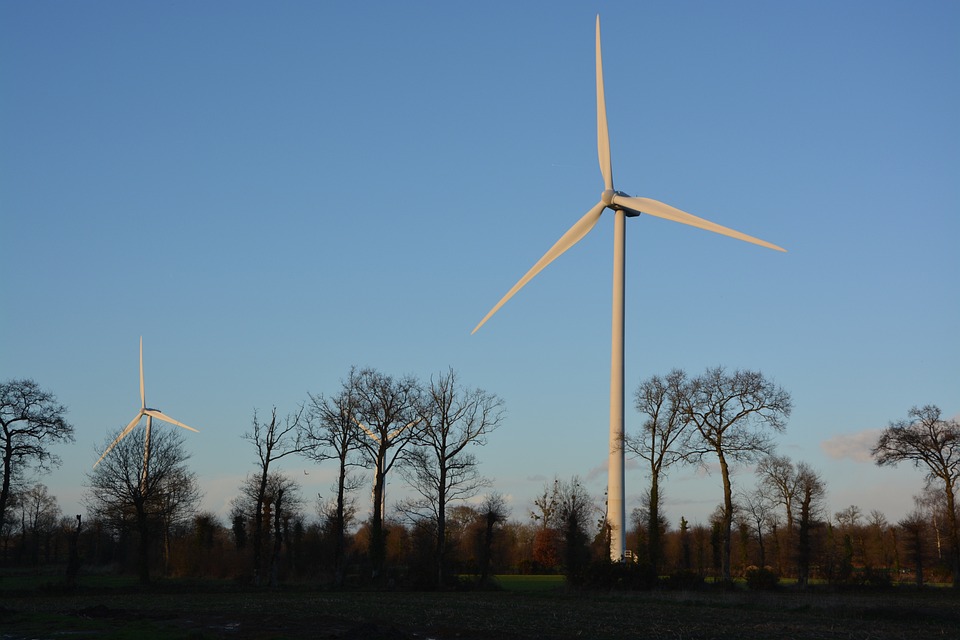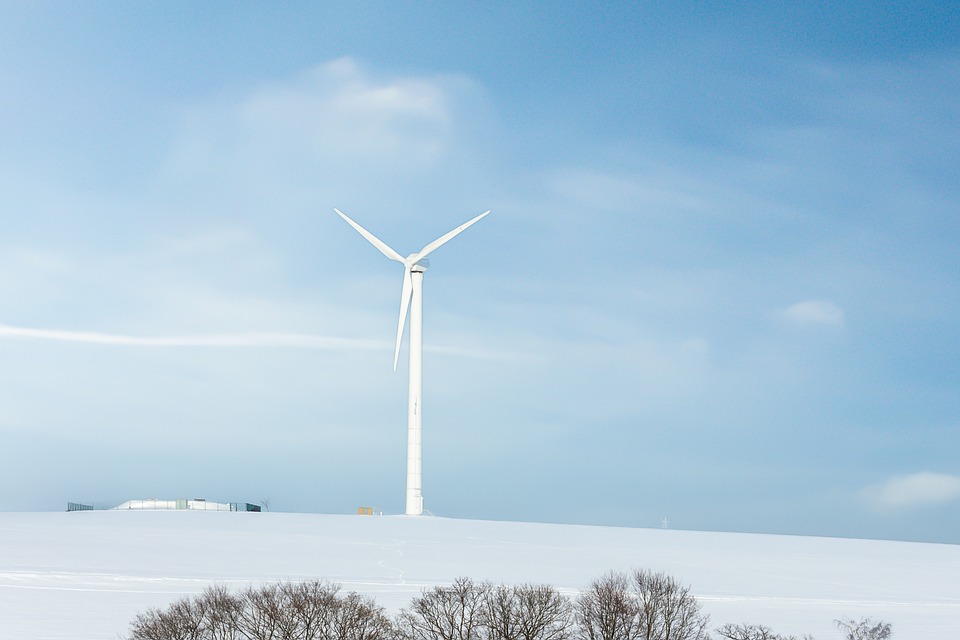[ad_1]
Building an Energy-Efficient Home: What You Need to Know
In recent years, there has been a growing emphasis on the need to reduce our energy consumption and carbon footprint. With the rising cost of energy and the increasing concern about environmental issues, building an energy-efficient home has become a top priority for many homeowners. Not only does an energy-efficient home help protect the environment, it also helps reduce energy bills and improve the comfort and quality of living for the occupants.
Building an energy-efficient home involves incorporating sustainable and eco-friendly materials, as well as implementing innovative design and construction techniques to minimize energy consumption and maximize efficiency. Whether you are planning to build a new home or renovate an existing one, there are several key factors to consider when it comes to creating an energy-efficient living space.
1. Energy-efficient design and orientation
The design and orientation of a home play a crucial role in determining its energy efficiency. By carefully planning the layout and orientation of the home, it is possible to capitalize on natural sunlight and ventilation, which can help reduce the need for artificial lighting and cooling. Factors such as window placement, roof design, and landscaping can all contribute to the overall energy efficiency of a home.
For example, a home with large south-facing windows can take advantage of natural sunlight during the winter months, reducing the need for heating. Similarly, strategic landscaping with trees and shrubs can provide shade in the summer, reducing the need for air conditioning. By working with an architect or designer who specializes in energy-efficient design, homeowners can ensure that their new home is optimized for energy savings.
2. Insulation and air sealing
Proper insulation and air sealing are essential for creating an energy-efficient home. Good insulation helps regulate indoor temperatures, preventing heat loss in the winter and heat gain in the summer. This not only improves comfort but also reduces energy consumption and utility bills. The most common areas that require insulation are the walls, roof, and floors.
Air sealing is also important to prevent air leaks and drafts, which can significantly impact energy efficiency. Sealing gaps and cracks in the building envelope helps maintain consistent indoor temperatures and reduces the workload on heating and cooling systems. When building a new home, it is important to use high-quality insulation materials and work with a professional contractor to ensure proper installation.
3. Energy-efficient windows and doors
Windows and doors are often the weakest points in a home’s insulation and can account for significant energy loss if not properly designed. Energy-efficient windows and doors are designed to minimize heat transfer, reduce air infiltration, and provide better insulation. They are typically made with multi-pane glass, low-emissivity coatings, and insulating frames to improve thermal performance.
When choosing windows and doors for an energy-efficient home, it is important to consider factors such as U-factor, solar heat gain coefficient, and air leakage ratings. Energy Star-rated products are a good starting point for homeowners looking to invest in high-performance windows and doors that meet stringent energy efficiency standards.
4. High-efficiency heating and cooling systems
Heating and cooling account for a large portion of a home’s energy consumption, making it essential to invest in high-efficiency heating, ventilation, and air conditioning (HVAC) systems. Energy-efficient HVAC systems can significantly reduce energy usage and promote better indoor air quality. Options such as heat pumps, geothermal systems, and solar-powered HVAC are gaining popularity as sustainable alternatives to traditional heating and cooling systems.
In addition to selecting high-efficiency equipment, it is important to properly size and install HVAC systems to ensure optimal performance. Regular maintenance and upgrades can also help improve the efficiency and longevity of heating and cooling equipment.
5. Energy-efficient appliances and lighting
Modern appliances and lighting fixtures are designed to consume less energy without compromising on performance. Energy Star-rated appliances, LED light bulbs, and smart lighting systems are all examples of energy-efficient solutions that can help reduce energy usage and lower utility bills. When building a new home, it is important to consider the energy efficiency of appliances and lighting fixtures, as they can have a significant impact on overall energy consumption.
FAQs
Q: How much does it cost to build an energy-efficient home?
A: The cost of building an energy-efficient home can vary depending on factors such as size, location, design, and quality of materials. While the initial investment may be higher compared to traditional homes, the long-term savings in energy bills and maintenance costs can offset the upfront expenses.
Q: Can I make my existing home more energy-efficient?
A: Yes, it is possible to improve the energy efficiency of an existing home through renovations and upgrades. Common measures include adding insulation, air sealing, replacing windows and doors, upgrading heating and cooling systems, and installing energy-efficient appliances and lighting.
Q: Are there any government incentives for building an energy-efficient home?
A: Many governments offer incentives and rebates for homeowners who invest in energy-efficient home improvements. These incentives can include tax credits, grants, and low-interest loans to help offset the cost of energy-efficient upgrades.
Q: How can I find a qualified contractor to build an energy-efficient home?
A: Look for contractors who specialize in green building and energy-efficient construction. Ask for references, review their past projects, and inquire about their experience with energy-efficient design and materials. Working with a certified green builder or contractor can ensure that your home is built to high energy efficiency standards.
Building an energy-efficient home is a wise investment that can benefit homeowners, the environment, and future generations. By incorporating sustainable materials, innovative design, and energy-saving technologies, homeowners can enjoy lower energy bills, improved comfort, and a reduced environmental impact. Whether building a new home or renovating an existing one, it is important to prioritize energy efficiency to create a home that is both comfortable and environmentally friendly.
[ad_2]



